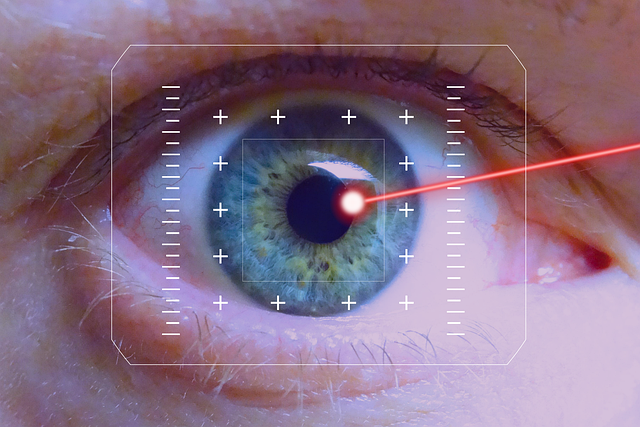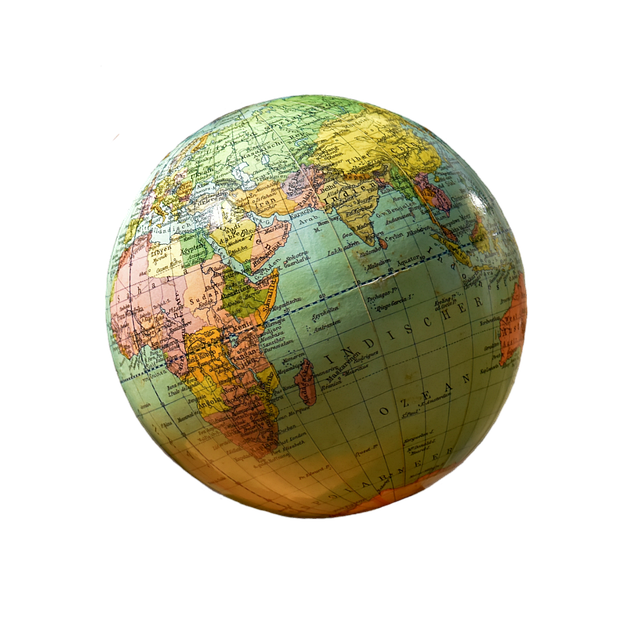Dancing with Light and Shadow: A Photographer’s Guide
Photography is an art that unfolds in the delicate balance between light and shadow. The interplay of these two elements can evoke emotions, set the mood, and create stunning compositions. As photographers, we have the unique ability to capture fleeting moments, transforming the mundane into the extraordinary through our understanding of how light and shadow interact.
When we think about light, we often envision brightness and clarity. However, it is the shadows that can add depth and intrigue to our images. Shadows are not merely the absence of light; instead, they are rich with possibilities. They can create leading lines, emphasize shapes, and draw attention to the subject. Mastering the use of light and shadow can elevate your photography, allowing your images to tell powerful stories.
Understanding Natural Light
The magic of natural light can inspire breathtaking photographs. The golden hour, just after sunrise and before sunset, offers a soft, warm light that bathes everything in a beautiful glow. This light creates long shadows, enhancing textures and contours. During these precious moments, take the time to experiment with your camera settings and angles to make the most of this enchanting light.
Overcast days, while often viewed as a photographer’s foe, are actually a treasure trove for those who appreciate subtlety. The diffused light on cloudy days creates soft shadows and highlights, allowing for an ethereal quality in your images. Embrace these days by looking for compositions that play with the gentle contrasts.
Artificial Light: Creating Your Own Shadows
Lighting isn’t limited to the sun and moon. Artificial light sources like lamps, flash units, and LED panels provide countless opportunities to sculpt shadow. Through techniques like backlighting, you can create striking silhouettes that emphasize shapes and forms rather than details. Experimenting with high-contrast lighting can yield dramatic effects, turning ordinary scenes into striking visual narratives.
Playing with directionality is crucial when working with artificial light. Side lighting can enhance texture and dimension, while overhead lighting can produce long, dramatic shadows. By manipulating the source and angle of light, you can take control over how and where shadows fall, crafting images that resonate with depth and emotion.
Finding the Balance: Composition Techniques
When composing your shots, keep in mind the relationship between light and shadow. Use the rule of thirds as a guideline to position your subject, while also considering how the shadows can lead the viewer’s eye. Experiment with negative space; incorporating shadows creatively can add weight and interest to your composition.
Some photographers choose to embrace shadows as an integral part of their storytelling. For instance, photographing urban scenes at night allows shadows to merge with city lights, creating a dance of contrasts. Look for patterns formed by shadows in architecture, and let those lines guide your framing.
Post-Processing: Enhancing Light and Shadow
In the digital age, the possibilities are endless when it comes to enhancing light and shadow in post-processing. Using software like Lightroom or Photoshop, you can manipulate exposure and contrast to highlight the dynamic relationship between these elements. Adjusting shadows can reveal hidden details, while increasing highlights can intensify the mood of your scene.
However, be careful not to over-edit; the goal is to enhance, not overpower. Strive for a balance that retains the integrity of your original vision. Trust your instincts and allow your creative intuition to guide you.
Practice and Patience
As you venture into the world of light and shadow, remember that practice is key. Take your camera and explore different environments at various times of day. Experiment with diverse lighting conditions, embrace trial and error, and discover what speaks to you. The more you practice, the more you will grow to understand the nuances of light and shadow, leading to more impactful photography.
Light and shadow are not just technical elements; they are emotional components that can breathe life into your images. As you learn to dance with these elements, you will find your unique voice as a photographer, translating the world around you into captivating visuals that resonate deeply with your audience.




